سنه 2011 قامت الامانه العامه للصناعات العسكريه التركيه ( SSM ) بتكليف شركه Aselsan التركيه للبدء بمشروع تطوير نظام دفاع جوي قصير - متوسط المدى Hisar , الى جانب شركه Aselsan تشارك بالمشروع شركه Roketsan التركيه المتخصصه في مجال الصواريخ
نظام الدفاع الجوي Hisar-O و Hisar-A تم عرضهم لأول مره في معرض الدفاع IDEF-2015 , واليوم تم اختبار الصاروخ ثنائي النبض ( duel pulse ) لقحص قدره المحرك , السرعه/التسارع , المناوره والاتصال بين الصاروخ وغرف التحكم والسيطره للنظام
نظام Hisar-O يستطيع تدمير الأهداف الجويه كالطائرات , المروحيات , الطائرات بدون طيار والصواريخ ( صواريخ كروز وصواريخ موجهه أخرى ) بمدى 25 كلم
الاختبار تم بحضور وزير الدفاع فكري إيشيق
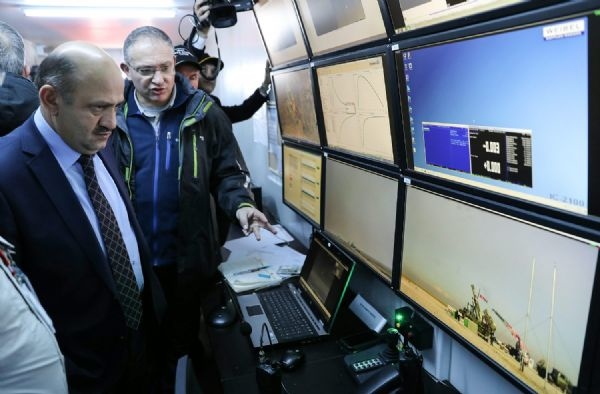
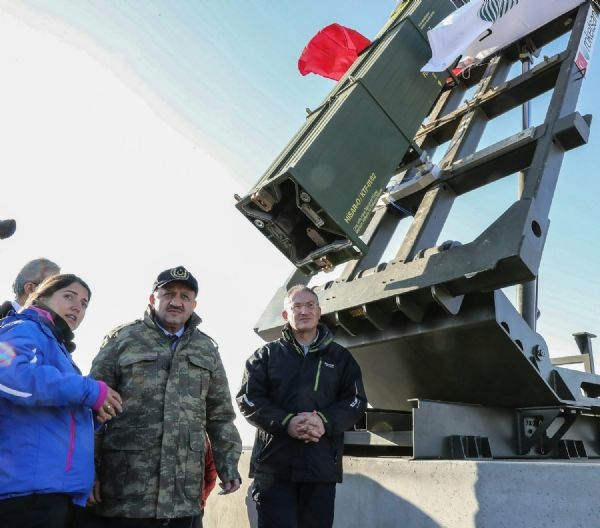
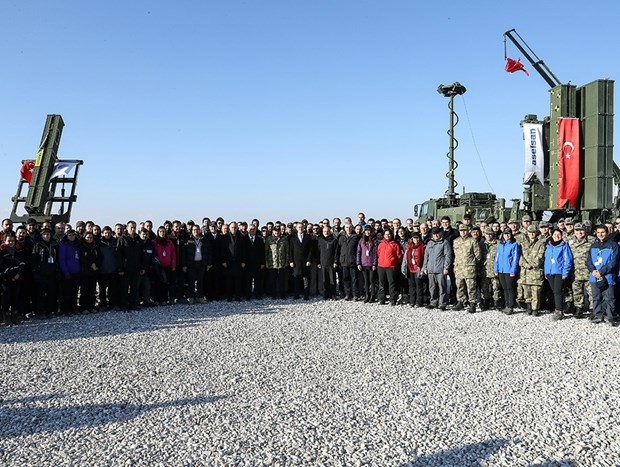
نظام الدفاع الجوي Hisar-O
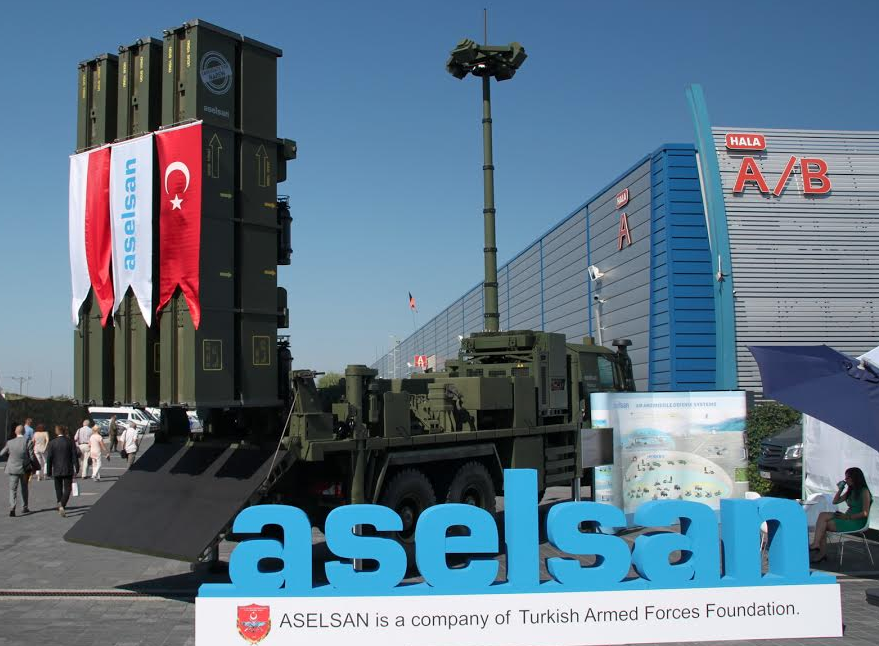
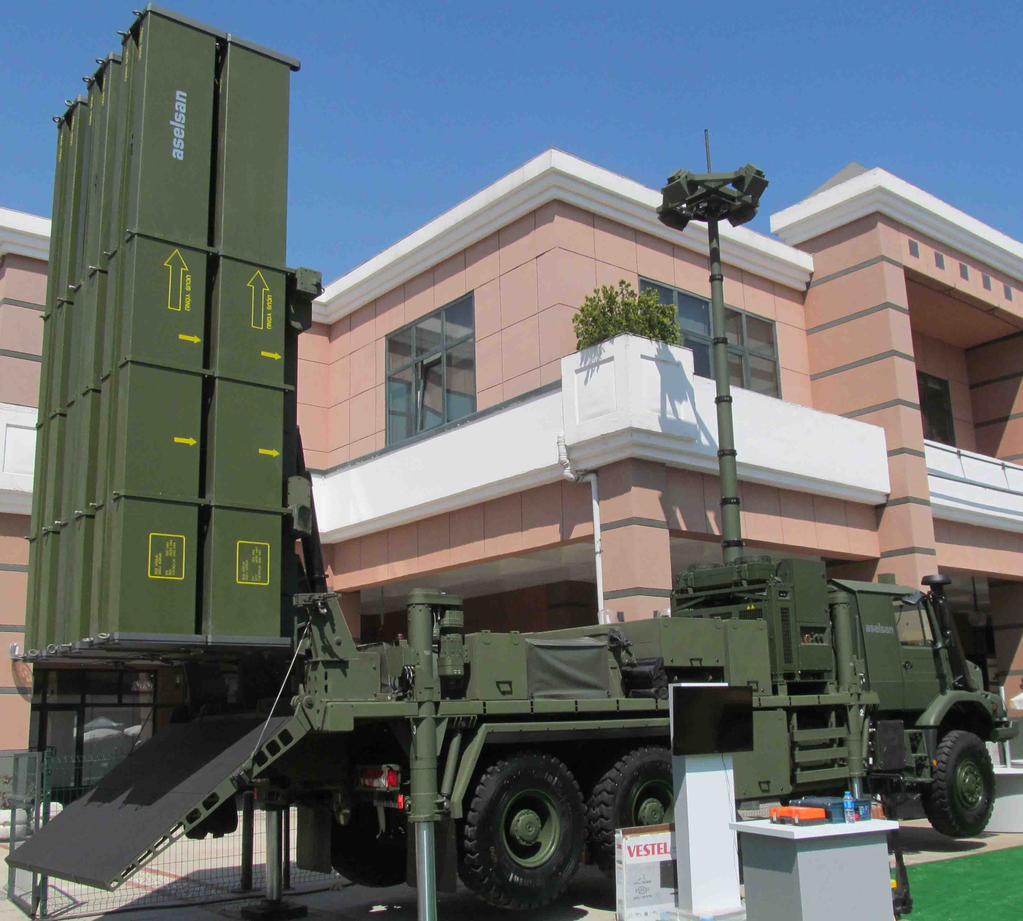
نظام الدفاع الجوي Hisar-A
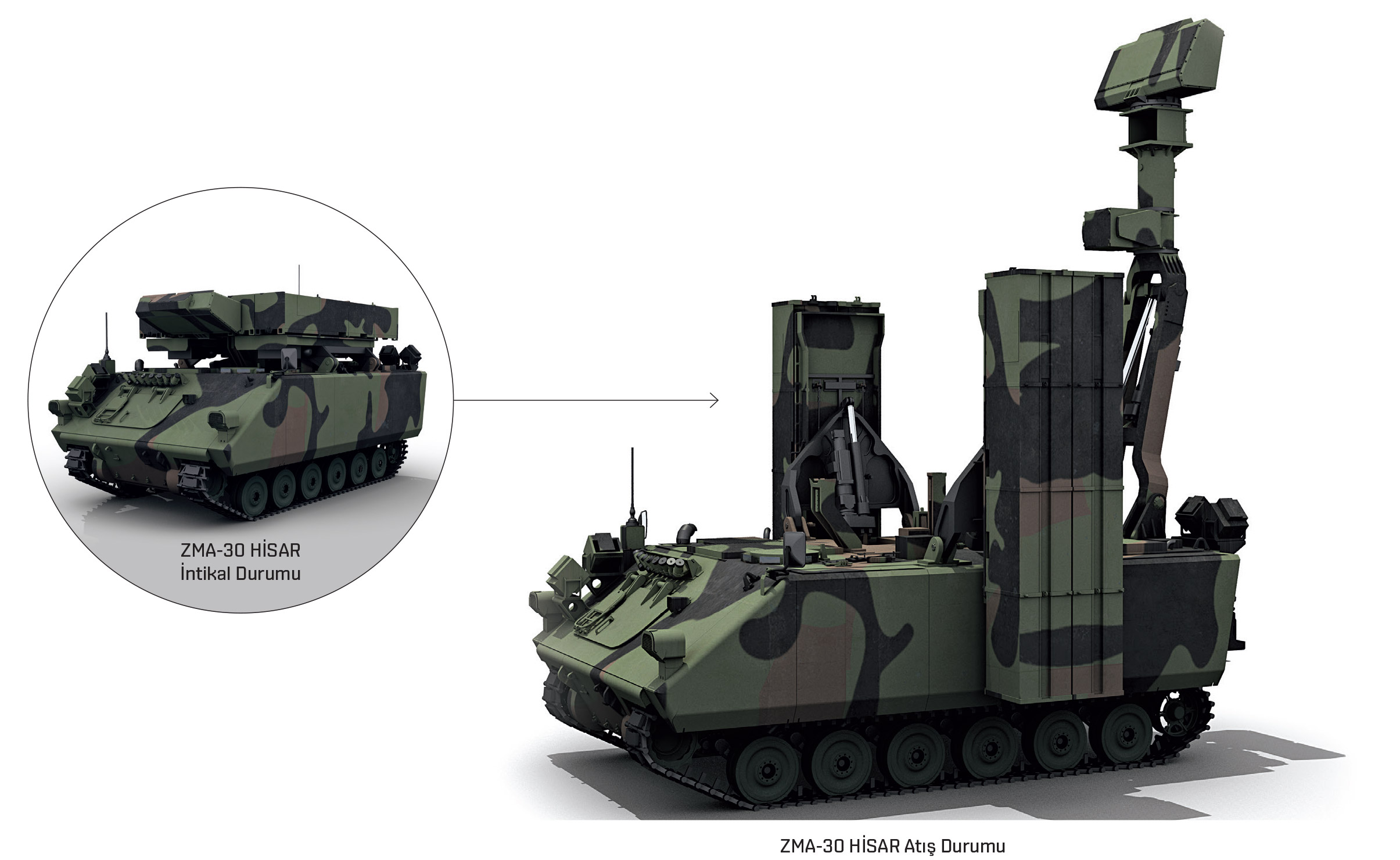
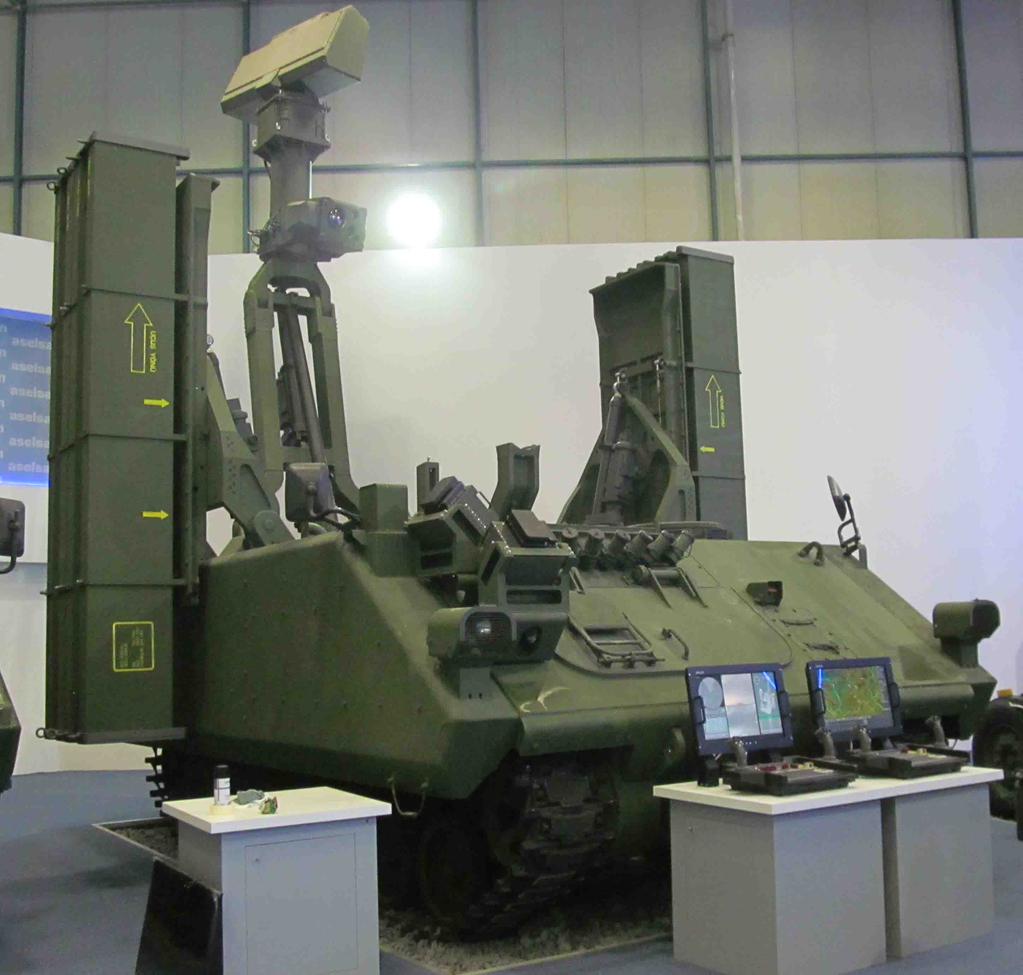
فيديو للاختبار الذي تم اليوم
نظام الدفاع الجوي Hisar-O و Hisar-A تم عرضهم لأول مره في معرض الدفاع IDEF-2015 , واليوم تم اختبار الصاروخ ثنائي النبض ( duel pulse ) لقحص قدره المحرك , السرعه/التسارع , المناوره والاتصال بين الصاروخ وغرف التحكم والسيطره للنظام
نظام Hisar-O يستطيع تدمير الأهداف الجويه كالطائرات , المروحيات , الطائرات بدون طيار والصواريخ ( صواريخ كروز وصواريخ موجهه أخرى ) بمدى 25 كلم
الاختبار تم بحضور وزير الدفاع فكري إيشيق
Turkey’s domestically developed medium-altitude air defense system passes first test with full success
The Hisar-O medium altitude air defense system developed by Turkish defense contractors Roketsan and Aselsan completed its first test launch with 100 percent success in the central province of Aksaray.
The system's test launch was attended by Defense Minister Fikri Işık, Undersecretary of Defense Industry Ismail Demir. and Turkish engineers who worked on the project, also attended the test launch and watched it from the command and control center.
Işık said that domestically developing such critical systems for Turkey's defense is the only way to obtain them. "Some countries that we consider as friends have the habit of limiting, enforcing an embargo even when we face the slightest problem. That is why we have the aim to have all the critical technologies, developing them and becoming one of the few countries that does so," Işık said.
Minister Işık noted that the goal is to increase Turkish Armed Forces' (TSK) deterrent power and that means having effective air and missile defense systems.
Praising the engineers who took part in the project, Işık said that Turkey will make all the contributions to their work.
"Turkey has actually made considerable progress despite its late start. I believe that after this, we will get faster," he added.
The Hisar-O system is developed for the Turkish Land Forces Command's air defense needs to protect military bases, ports, facilities, and troops against air-based threats.
"Their targets are military aircraft, attack helicopters, navigation missiles, and unmanned aerial vehicles, with a maximum range of 25 kilometers," says Roketsan's website.
A dual-mode propulsion rocket engine was used for the first time during the test launch, in which Hisar-O successfully left the rocket launcher developed by Aselsan using its first engine, left the rocket canister, continued cruising through the air with programmed maneuvers, and ignited its second engine, finishing the test with success.
The tests on the low-altitude version of the Hisar (Fortress) project, the Hisar-A, was completed in 2013. A high-altitude and long range air and missile defense system is yet to be developed, and officials point to 2020 as the year when such a system could be introduced.
Hisar's radar, command control, and fire control systems were developed by Aselsan, and its missile systems were developed by Roketsan.
The Hisar-O medium altitude air defense system developed by Turkish defense contractors Roketsan and Aselsan completed its first test launch with 100 percent success in the central province of Aksaray.
The system's test launch was attended by Defense Minister Fikri Işık, Undersecretary of Defense Industry Ismail Demir. and Turkish engineers who worked on the project, also attended the test launch and watched it from the command and control center.
Işık said that domestically developing such critical systems for Turkey's defense is the only way to obtain them. "Some countries that we consider as friends have the habit of limiting, enforcing an embargo even when we face the slightest problem. That is why we have the aim to have all the critical technologies, developing them and becoming one of the few countries that does so," Işık said.
Minister Işık noted that the goal is to increase Turkish Armed Forces' (TSK) deterrent power and that means having effective air and missile defense systems.
Praising the engineers who took part in the project, Işık said that Turkey will make all the contributions to their work.
"Turkey has actually made considerable progress despite its late start. I believe that after this, we will get faster," he added.
The Hisar-O system is developed for the Turkish Land Forces Command's air defense needs to protect military bases, ports, facilities, and troops against air-based threats.
"Their targets are military aircraft, attack helicopters, navigation missiles, and unmanned aerial vehicles, with a maximum range of 25 kilometers," says Roketsan's website.
A dual-mode propulsion rocket engine was used for the first time during the test launch, in which Hisar-O successfully left the rocket launcher developed by Aselsan using its first engine, left the rocket canister, continued cruising through the air with programmed maneuvers, and ignited its second engine, finishing the test with success.
The tests on the low-altitude version of the Hisar (Fortress) project, the Hisar-A, was completed in 2013. A high-altitude and long range air and missile defense system is yet to be developed, and officials point to 2020 as the year when such a system could be introduced.
Hisar's radar, command control, and fire control systems were developed by Aselsan, and its missile systems were developed by Roketsan.

نظام الدفاع الجوي Hisar-O


نظام الدفاع الجوي Hisar-A


فيديو للاختبار الذي تم اليوم
التعديل الأخير:



